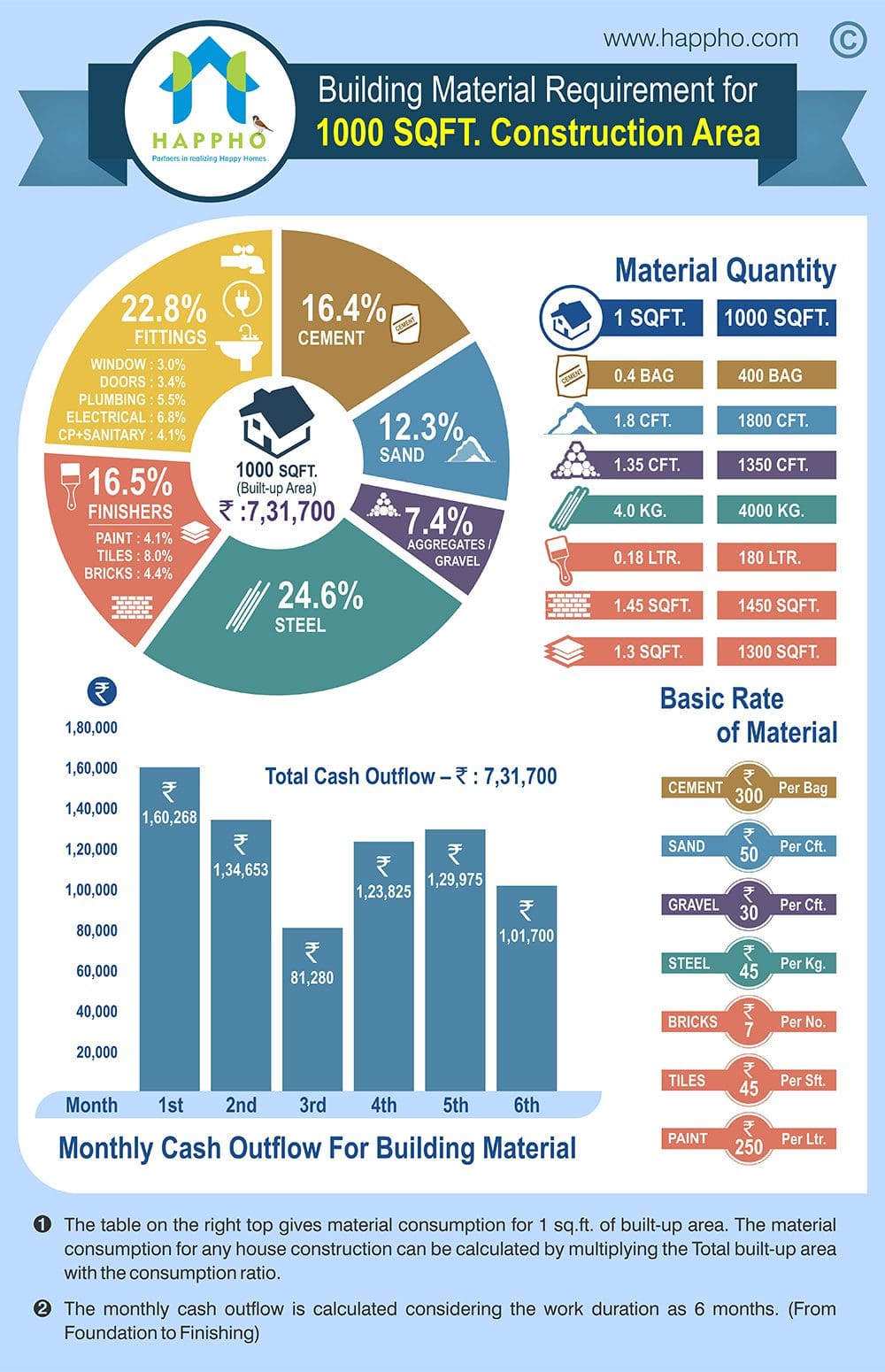Learn More About The Methods Which Seasonal Factors Can Impact The Success Of Business Outside Paint And Identify The Best Times To Accomplish Long-Term Outcomes For Your Job
Learn More About The Methods Which Seasonal Factors Can Impact The Success Of Business Outside Paint And Identify The Best Times To Accomplish Long-Term Outcomes For Your Job
Blog Article
Staff Author-McLamb Bagger
When you're intending a commercial exterior paint project, seasonal aspects can make or damage your outcomes. You'll intend to think about just how temperature level and moisture impact paint application and drying times. Selecting the best period can guarantee your paint sticks appropriately and lasts longer. But which seasons are genuinely the most effective for this kind of job? Let's explore the key elements that can affect your job's success.
The Effect of Temperature Level on Paint Application
When you're planning an industrial outside painting task, the temperature level can substantially influence just how well the paint adheres and dries out.
Ideally, you wish to paint when temperatures range between 50 ° F and 85 ° F. If check it out 's as well chilly, the paint may not cure properly, causing issues like peeling or cracking.
On the other side, if it's too warm, the paint can dry out as well promptly, avoiding appropriate attachment and causing an irregular coating.
roof master paint must also take into consideration the moment of day; morning or late afternoon provides cooler temperature levels, which can be extra favorable.
Constantly check the manufacturer's recommendations for the details paint you're making use of, as they frequently provide support on the excellent temperature range for optimal results.
Moisture and Its Impact on Drying Times
Temperature isn't the only ecological factor that affects your business outside painting job; moisture plays a significant role as well. High moisture degrees can slow down drying out times dramatically, affecting the general quality of your paint task.
When the air is saturated with wetness, the paint takes longer to heal, which can lead to problems like inadequate adhesion and a higher risk of mold growth. If you're repainting on an especially humid day, be prepared for extended delay times in between layers.
It's vital to check neighborhood climate condition and plan appropriately. Preferably, go for moisture degrees between 40% and 70% for optimum drying.
Keeping these factors in mind ensures your job remains on track and provides a long lasting finish.
Best Seasons for Commercial Exterior Paint Projects
What's the best season for your industrial exterior paint projects?
Springtime and early fall are typically your best choices. During these seasons, temperatures are light, and humidity levels are usually reduced, producing ideal conditions for paint application and drying out.
Stay clear of summer's intense heat, which can create paint to completely dry as well promptly, leading to bad adhesion and finish. Similarly, winter's cool temperatures can hinder proper drying and healing, risking the durability of your paint task.
Go for days with temperature levels in between 50 ° F and 85 ° F for optimum results. Keep in mind to examine the local weather forecast for rainfall, as wet problems can spoil your project.
Preparation around these aspects guarantees your paint task runs efficiently and lasts much longer.
Verdict
Finally, planning your business external painting jobs around seasonal factors to consider can make a significant difference in the result. By scheduling work throughout the ideal temperatures and humidity degrees, you'll make certain better adhesion and drying out times. Remember to keep an eye on regional weather forecasts and select the right time of year-- spring and very early fall are your best bets. Taking these actions will certainly aid you achieve a long lasting and professional surface that lasts.
